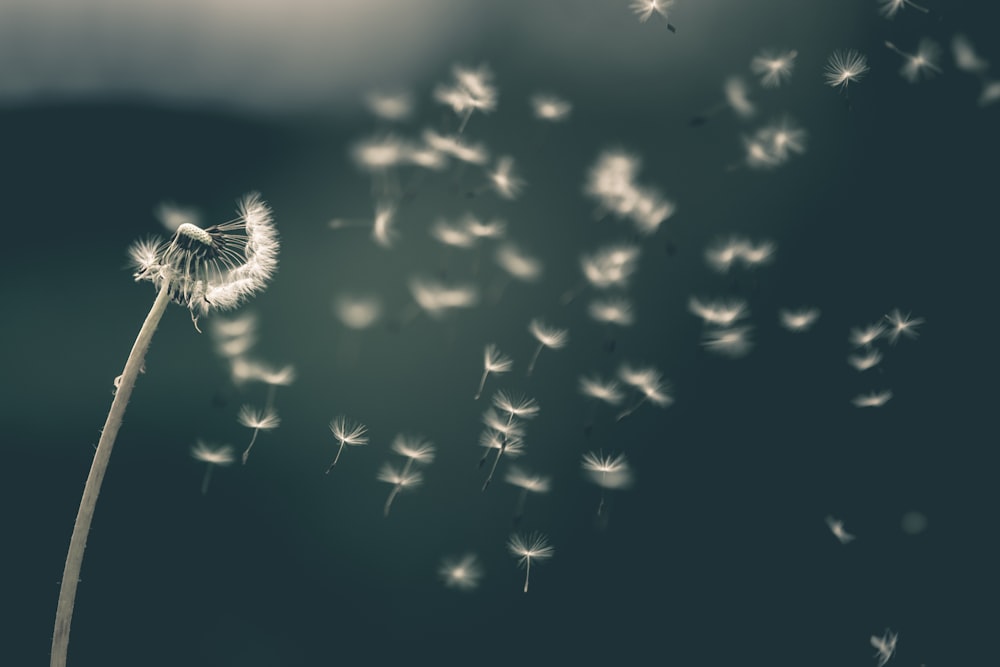ADVICE FROM OWLIE
Q: Dear Owlie,
my teacher mentioned today that water can be recycled too, but I am a little
confused about how that works. I know paper and plastic can be recycled and
turned into something else, but how does that apply to our water? I want to
become a water recycling expert, so I can do everything in my power to not only
conserve water, but help to recycle water too. Thanks Owlie!
Junior Water
Connoisseur
A: Dear Junior Water
Connoisseur
I am happy to hear from an inquisitive young scholar such as
yourself, and it is great that you are trying to take an active role in the
community! Water recycling is an important process that contributes to the
maintenance of our water supply. Although wastewater is treated to be reused,
it does not meet the standards of clean drinking water. Wastewater travels
through a five-step process to effectively meet the standards of recycled
water.
Preliminary Treatment
The process begins with wastewater, or used water collected from showers,
sinks, car washes, washing machines, toilets, etc. The water travels through
pipes to water recycling plants where rakes are used to screen trash and large
debris out of the water.
 Primary Treatment Once
all large objects have been removed, the wastewater travels to phase two where
it is introduced to a substance called ferric chloride. This chemical helps solids
settle down to the bottom of the tank for removal. Meanwhile, a large arm-like
rake skims the top of the water to remove fats, oils and greases (FOG).
Primary Treatment Once
all large objects have been removed, the wastewater travels to phase two where
it is introduced to a substance called ferric chloride. This chemical helps solids
settle down to the bottom of the tank for removal. Meanwhile, a large arm-like
rake skims the top of the water to remove fats, oils and greases (FOG).
Secondary Treatment The
next stage of treatment is a biological process that involves the use of microorganisms
to eat away 90% of organic material in the wastewater.
Tertiary Treatment The
water is passed through a filtration system that removes up to 99% of remaining
solids in the water.
Disinfection After
filtration, disinfection occurs when sodium hypochlorite, a super charged
bleach, is mixed into the water for a minimum of 90 minutes
to remove pathogens (bacteria, viruses, protozoa) in the water.
 Purple pipes act as an indication of recycled water being
used, which means it is not drinkable. Recycled water is utilized for landscaping,
golf courses, industrial cooling, and groundwater recharge. There is so much
more out there for you to learn about recycled water! I have provided you with
a good foundation, but now I want you to venture off and seek your own answers.
Water Discovery Field Trip Registrations are now open for the 2019-2020 school
year! My friends at Inland Empire Utilities Agency hold fun, educational and
hands-on activities for ongoing field trips throughout the school year.
Students fifth grade and up have an opportunity to visit a water recycling
plant in person to see and learn about the process in person. Don’t forget to
share your knowledge on recycled water with the rest of your friends in class!
Purple pipes act as an indication of recycled water being
used, which means it is not drinkable. Recycled water is utilized for landscaping,
golf courses, industrial cooling, and groundwater recharge. There is so much
more out there for you to learn about recycled water! I have provided you with
a good foundation, but now I want you to venture off and seek your own answers.
Water Discovery Field Trip Registrations are now open for the 2019-2020 school
year! My friends at Inland Empire Utilities Agency hold fun, educational and
hands-on activities for ongoing field trips throughout the school year.
Students fifth grade and up have an opportunity to visit a water recycling
plant in person to see and learn about the process in person. Don’t forget to
share your knowledge on recycled water with the rest of your friends in class!
See you real soo(HOO)n!
Owlie









